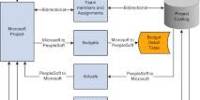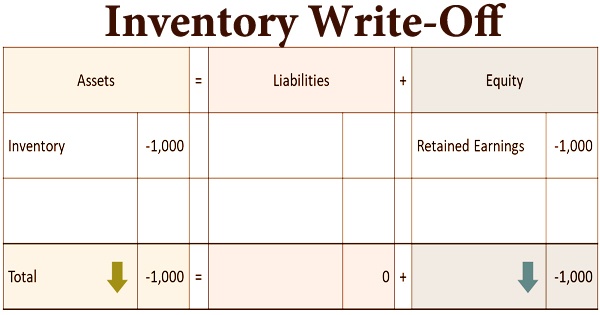Activity-based costing is a costing method that has been developed to deal with the perceived weaknesses of traditional absorption costing. It is a managerial accounting system that estimates the cost of products and services by assigning overhead costs to direct costs. It has various proponents and opponents in its application in the industry. A primary disadvantage of ABC is that it is not possible to divide some overhead costs such as the chief executive’s salary on a per-product usage basis.
Limitations of Activity-Based Costing (ABC)
(1) ABC will be of limited benefit if the overhead costs are primarily volume related or if the overhead is a small proportion of the overall cost. Since there are a lot of steps and groundwork required to come out with a costing based on this system, it is quite a time to consume.
(2) Difficult to identify the overall activities that influence costs. It is impossible to allocate all overhead costs to specific activities. Unless costs are originated by a real-time activity that is computable in quantitative terms and which can be related to production output, cost drivers will not be working.
(3) Not easy to select the most suitable cost drive. The benefits obtained from ABC might not justify the costs. Before making any useful decision to be means of activity-based costing data, managers must identify which costs are really relevant for the decisions at hand.
(4) Difficult to evaluate cost on the basis of activities. The choice of both activities and cost drivers might be inappropriate. Activity-based costing data may easily be misinterpreted and so it should be handled with care when used in making decisions.
(5) Not suitable for small manufacturing concerns. The level of technology and manufacturing environment prevailing in different firms also affect the application of ABC. If management is not thinking to use ABC information, an absorption costing system may be simpler to handle.
(6) ABC can be more complex to explain to the stakeholders of the costing exercise. ABC systems require management to estimate costs of activity pools and to identify and measure cost drivers to serve as cost allocation bases. Some basis of cost allocation may be required at the cost pooling stage for items like rent, rates, and building depreciation.
Other systems may need to be changed – for example, how variances are calculated. The people employing this method of costing require vast experience in the related industry or in-depth understanding of the products and processes. Some argue the implementing an ABC system is often difficult.
















